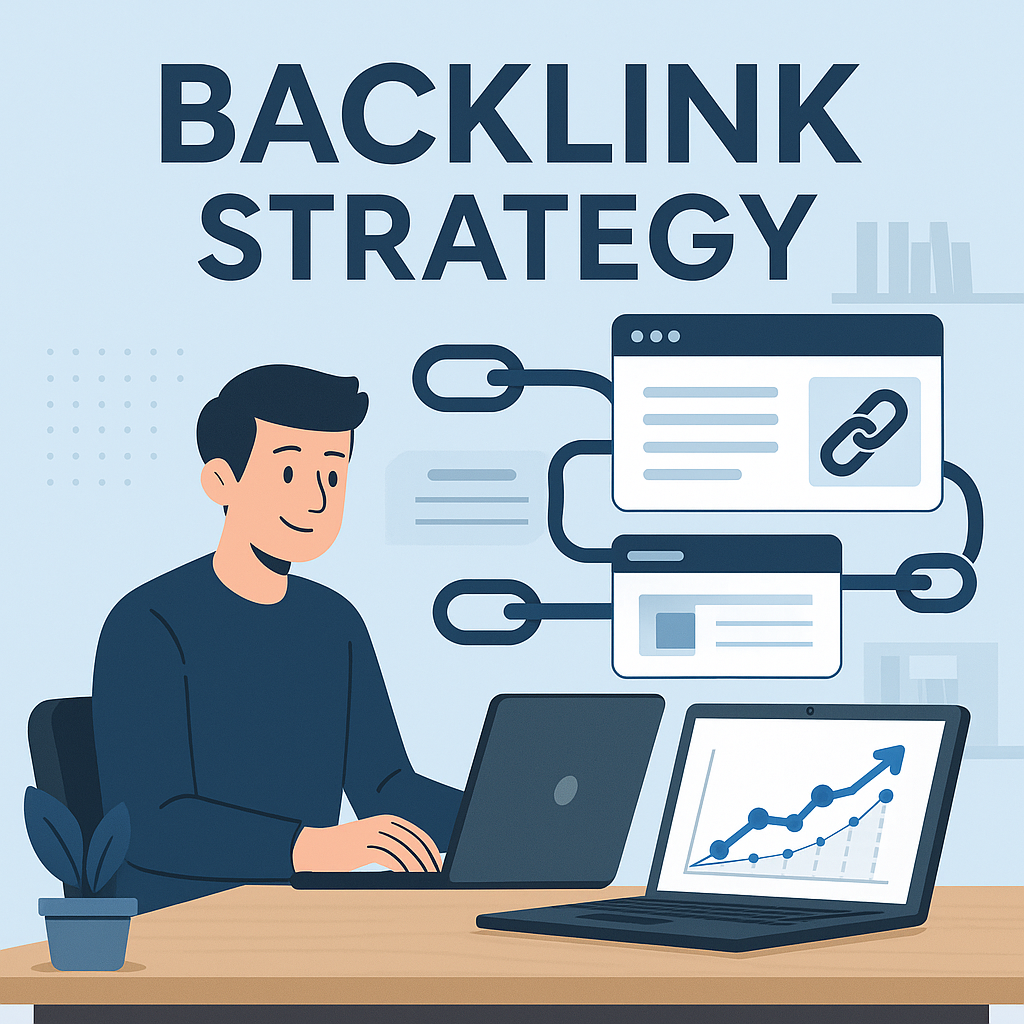SEO for E-Commerce Stores: Your Ultimate Guide to Dominating SERPs in 2025
Ever feel like your online store is a beautifully decorated shop on a deserted street? You’ve poured your heart into sourcing incredible products, designing a stunning website, and perfecting your brand, yet the digital footfall is little more than a whisper. If this sounds familiar, you’re not alone. The digital marketplace is more crowded than ever, but there’s a powerful lighthouse to guide customers to your shore: SEO for E e-commerce stores.
Search Engine Optimization isn’t just a marketing buzzword; it’s the fundamental engine for sustainable, organic growth. It’s the art and science of ensuring that when someone searches for a product you sell, your store appears at the top of the list. Forget just chasing fleeting traffic; we’re talking about attracting shoppers who are actively looking to buy what you offer. This guide will walk you through the essential strategies, from uncovering the best keywords to future-proofing your store for the AI-driven landscape of 2025.
The Shifting Landscape: E-commerce SEO in 2025 and Beyond
The world of SEO is in constant motion, and for e-commerce, the pace of change is accelerating. To stay ahead, you need to understand the trends that are shaping the future. These are the SEO tips for eCommerce websites in 2025 that will set you apart from the competition.
The most significant shift is driven by Artificial Intelligence. Search engines are evolving into “answer engines,” aiming to provide direct solutions within the search results page itself. This means optimizing for “zero-click searches” and getting your content featured in AI Overviews is becoming paramount (searchengineland.com).
Alongside AI, Google’s emphasis on E-E-A-T (Experience, Expertise, Authoritativeness, and Trustworthiness) has deepened. It’s no longer enough to just have content; you must prove your credibility. For an online store, this means showcasing real product experience through detailed descriptions, customer reviews, and expert-level guides that genuinely help your audience (theedigital.com). Furthermore, industry experts predict that technical SEO for e-commerce will increasingly rely on feed-based systems, making direct product page optimization for platforms like Google Shopping more critical than ever (thisisnovos.com).
To put it in perspective, here’s how the focus is evolving:
| Aspect | Traditional SEO Approach | 2025 E-commerce SEO Focus |
|---|---|---|
| Content Goal | Rank for specific keywords | Be the source for AI Overviews and answer user questions |
| Authority Signal | Backlinks and domain authority | E-E-A-T: Demonstrating real experience and trust |
| Keywords | Broad and high-volume | Long-tail, conversational, and intent-focused |
| User Experience | Important for bounce rate | Core to ranking (Core Web Vitals, mobile-first design) |
| Technical SEO | On-page tags and sitemaps | Product feed optimization, structured data, site speed |
The Foundation: Nailing Your Keyword Strategy
Before you can optimize a single page, you need to know what your customers are searching for. This is where finding the best keywords for online shopping stores comes in, and it’s more nuanced than just picking the most popular terms.
It All Starts with Search Intent
Search intent is the ‘why’ behind a search query. Understanding this is crucial because Google’s primary goal is to satisfy the user’s need. For e-commerce, there are four main types of intent to be aware of (salesforce.com):
- Informational: The user wants to learn something (e.g., “how to choose a running shoe”).
- Navigational: The user wants to find a specific site (e.g., “Nike website”).
- Commercial: The user is researching before a purchase (e.g., “best waterproof running shoes 2025”).
- Transactional: The user is ready to buy (e.g., “buy Nike Air Zoom Pegasus online”).
Your product and category pages should target commercial and transactional keywords, while your blog is perfect for capturing informational intent.
The Power of Long-Tail Keywords
While it’s tempting to target broad keywords like “shoes,” the competition is fierce. The real gold lies in long-tail keywords—highly specific phrases of three or more words. Think “women’s waterproof trail running shoes size 8.”
These keywords have lower search volume but bring in highly qualified traffic. Someone searching with such detail knows exactly what they want and is often much closer to making a purchase (bigcommerce.com).
Your Keyword Research Toolkit
- Brainstorm Seed Keywords: Start with broad terms related to your products (e.g., “coffee beans,” “leather wallet”).
- Use SEO Tools: Plug these seeds into tools like Semrush, Ahrefs, or even free options like the Keyword Magic Tool to get thousands of related ideas.
- Analyze and Prioritize: Filter the list based on search volume, keyword difficulty, and, most importantly, search intent.
- Map Keywords to Pages: Assign a primary keyword and a cluster of related secondary keywords to each relevant page on your site (homepage, category pages, product pages). This mapping is your SEO blueprint (surecart.com).
Pro Tip: Don’t forget to spy! See what keywords your competitors are ranking for. Also, browse platforms like Amazon, Reddit, and Quora to see the exact language and questions your potential customers are using (plytix.com).
On-Page Mastery: How to Write Product Descriptions for SEO
Your product pages are where the magic happens—where a visitor converts into a customer. Learning how to write product descriptions for SEO is about striking a perfect balance between persuasive sales copy and search engine visibility.
Write for Buyers, Not Bots
The number one rule of modern SEO is to prioritize the user. A description packed with keywords but lacking personality won’t sell anything. Write for your ideal customer first. Use their language, address their pain points, and make them feel confident in their purchase. Search engines are smart enough to reward content that genuinely helps users (shopify.com).
From Features to Benefits: The Art of Persuasion
Customers don’t buy features; they buy the benefits those features provide. Your product description should translate technical specs into real-world value.
- Feature: “This backpack is made of water-resistant nylon.”
- Benefit: “Keep your laptop and essentials safe and dry on your commute, no matter what the weather throws at you.”
This simple shift in focus makes your copy infinitely more compelling and helps shoppers visualize themselves using and enjoying your product.
Crafting the Perfect Product Page
- Title Tags: Use a clear format like “Primary Keyword | Secondary Keyword | Brand Name”. Example: “Waterproof Hiking Backpack | 40L Daypack | Adventure Co.”
- Meta Descriptions: Write a compelling 160-character pitch to increase CTR.
- Clean URLs: Use short, descriptive URLs with keywords. Example: yourstore.com/products/waterproof-hiking-backpack
- Image Alt Text: Describe product images to help accessibility and SEO.
- Structured Data (Schema): Use schema for rich snippets (ratings, price, availability) (yoast.com).
Beyond the Page: Technical SEO and Trust Signals
Building a Solid Technical Foundation
- Site Speed: Optimize for fast loading, especially on mobile (outerboxdesign.com).
- Security: Always use HTTPS for trust and rankings.
- Clear Navigation: Ensure a logical site structure with an XML sitemap (bluehost.com).
The Unspoken Currency: User-Generated Content and Trust
User-generated content like reviews is powerful for SEO and trust. Encourage reviews via automated post-purchase emails (gofishdigital.com), (shopify.com).
Conclusion: Your Journey to the Top of Search
Mastering SEO for E Commerce Stores is not a one-time task but an ongoing journey. The digital landscape will continue to evolve with AI and changing user behaviors, but the core principles remain constant: understand your customer, create valuable content that serves their needs, and ensure your website provides a flawless technical experience.
Frequently Asked Questions (FAQs)
What is SEO for e-commerce stores?
SEO for e-commerce stores is the process of optimizing product pages, category pages, and overall site structure to increase organic traffic and improve rankings in search engines.
Why are long-tail keywords important for e-commerce SEO?
Long-tail keywords are highly specific search phrases that attract qualified traffic with higher conversion potential. They face less competition and bring in customers who are ready to buy.
How do I write SEO-friendly product descriptions?
Write product descriptions focusing on benefits, not just features. Use natural language, include primary and secondary keywords, and make it persuasive for buyers.
What are the key SEO trends for e-commerce in 2025?
The key trends include AI-driven search, E-E-A-T (Experience, Expertise, Authoritativeness, Trustworthiness), zero-click searches, structured data, and product feed optimization.
How can I improve my e-commerce site’s technical SEO?
Improve technical SEO by optimizing site speed, ensuring mobile-first design, using HTTPS, implementing structured data, and maintaining a clear site navigation with an XML sitemap.
Suggested External Authoritative Link
For an official and in-depth resource, I recommend Google’s own documentation on the topic: Google Search Central: SEO for Ecommerce Sites
Read More:
Mastering Off Page SEO in 2025: Strategies, Tools & Trends for Higher Rankings
The Role of SEO in Article to Appear in Google Discover: A Deep Dive



